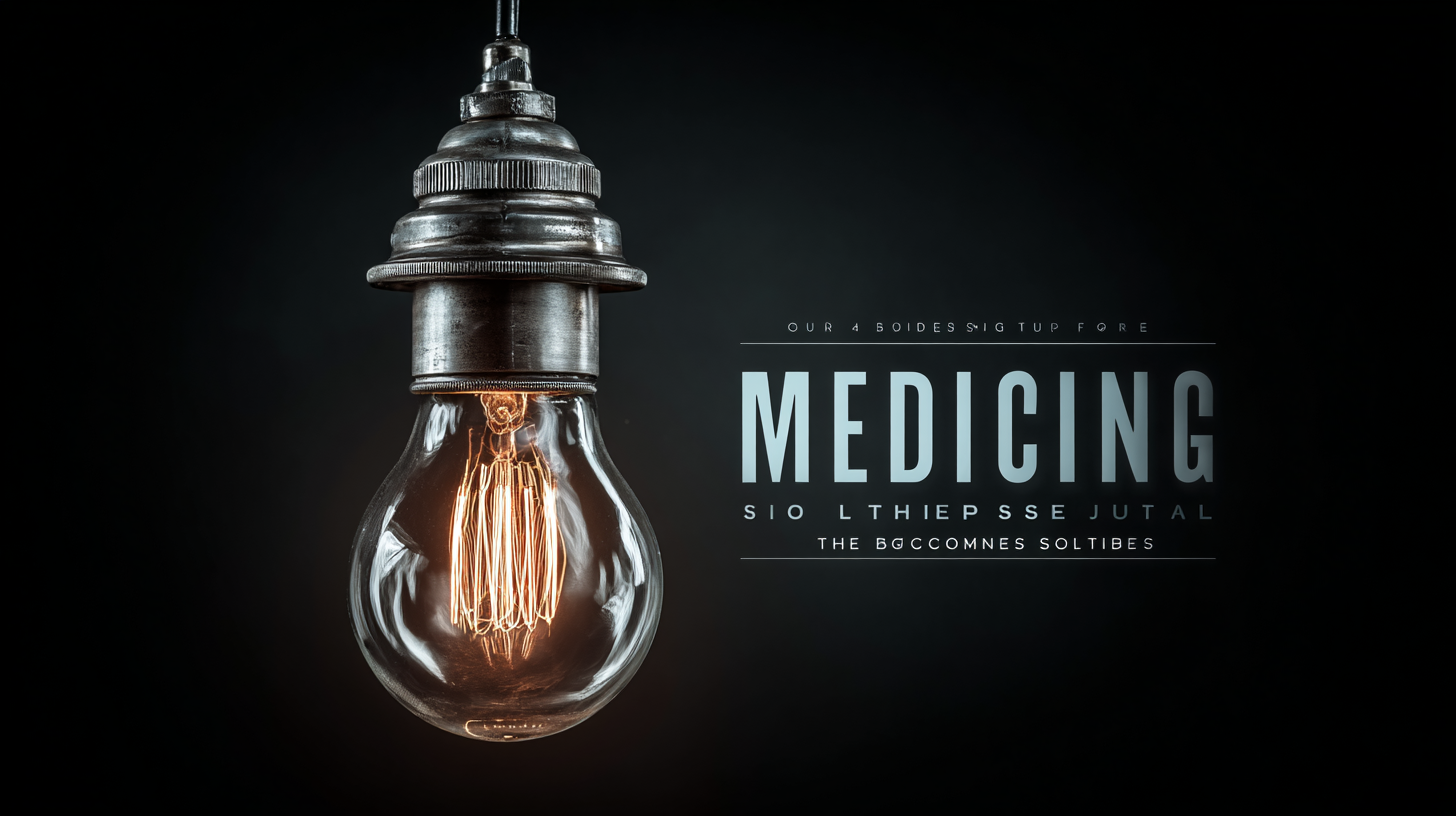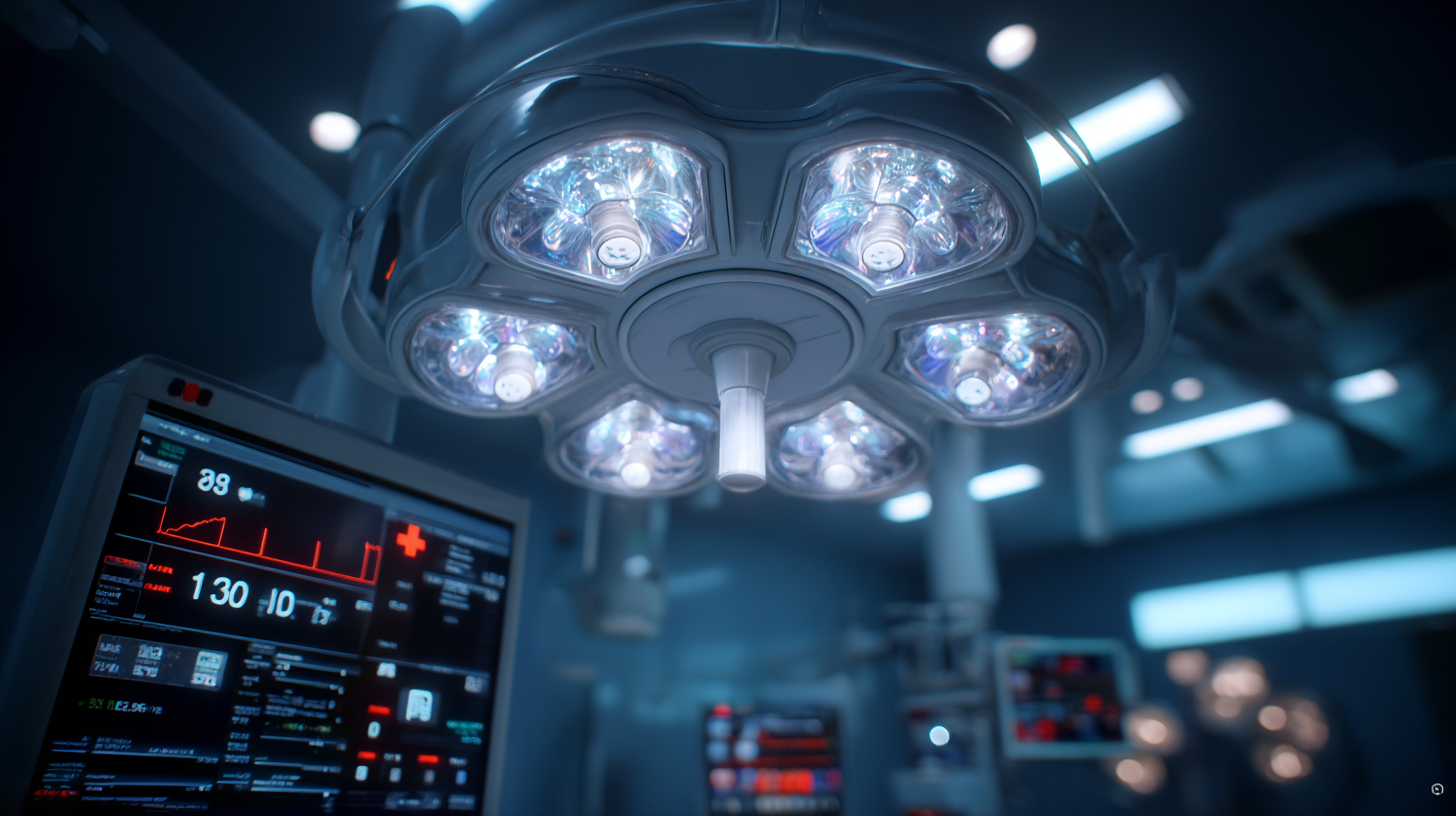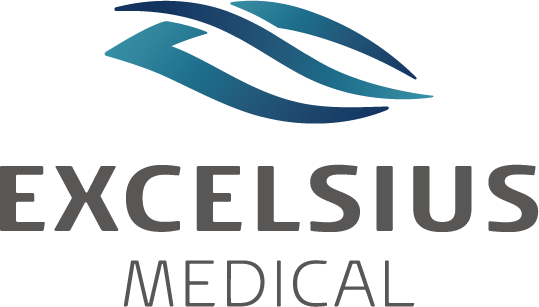The Complete Guide to Sourcing the Best Lighting Medical Solutions for Your Business
In today's healthcare environment, the significance of effective lighting medical solutions cannot be overstated. Proper lighting not only enhances the accuracy and efficiency of medical procedures but also plays a critical role in creating a comfortable and safe atmosphere for both patients and healthcare professionals.

Whether you're outfitting a new facility or upgrading an existing one, understanding how to source the best lighting medical solutions is essential for the success of your practice.
This guide will provide you with comprehensive insights into various lighting options, their applications in medical settings, and essential tips for selecting the right fixtures to meet your unique needs. By the end of this guide, you'll be equipped with the knowledge necessary to make informed decisions that elevate the functionality and ambiance of your healthcare space.
Understanding the Importance of Proper Lighting in Medical Facilities
Proper lighting in medical facilities is crucial not just for aesthetics but also for enhancing the overall functionality of healthcare environments. According to a study published in the Journal of Clinical Psychology, appropriate lighting can improve patient recovery times significantly; patients in well-lit rooms reported a 20% faster recovery rate compared to those in poorly lit conditions. This is particularly important in areas such as surgical suites, where optimal illumination is vital for precision and accuracy.
Furthermore, the impact of lighting extends beyond patient recovery. A report by the American Institute of Architects highlights that inadequate lighting can lead to increased stress levels among healthcare staff, ultimately affecting workflow efficiency and staff well-being. Proper lighting solutions can reduce eyestrain and fatigue, contributing to better focus and performance. This is especially relevant given that up to 40% of healthcare workers report experiencing burnout, with light quality being a key factor in addressing this issue. Investing in high-quality lighting solutions is essential for fostering a positive atmosphere that supports both patient care and staff productivity.
The Importance of Proper Lighting in Medical Facilities
Key Considerations When Choosing Medical Lighting Solutions
When selecting medical lighting solutions, several key considerations can significantly impact both functionality and safety in your healthcare environment. First and foremost, it is essential to assess the specific needs of your facility. Different medical settings—such as operating rooms, examination rooms, and outpatient clinics—require varied lighting intensities and features. Ensuring that the chosen lighting can be adjusted to meet specific tasks, such as surgeries versus consultations, enhances both patient care and staff efficiency.
Additionally, the quality of light is paramount. Look for lighting that offers adequate illumination without creating shadows, as well as options that minimize glare and eye strain. LEDs have become increasingly popular in medical settings due to their longevity and energy efficiency, but it’s crucial to verify their color rendering index (CRI) as well. A high CRI ensures that colors appear true to life, which is particularly important for accurate diagnosis and examination. Overall, taking the time to evaluate these considerations will help ensure that your lighting solutions not only comply with safety standards but also foster an environment conducive to patient care.
The Complete Guide to Sourcing the Best Lighting Medical Solutions for Your Business
| Type of Medical Lighting | Key Features | Ideal Use Case | Considerations | Average Cost |
|---|---|---|---|---|
| Surgical Lights | High lumen output, adjustable brightness, shadow-free illumination | Operating rooms | Ensure easy maneuverability and durability | $2,000 - $10,000 |
| Examination Lights | Compact design, focused beam, portable | Clinics and outpatient settings | Look for lightweight and battery-operated options | $500 - $2,500 |
| LED Task Lights | Energy-efficient, long-lasting, low heat emission | Dental and dermatology procedures | Consider color temperature and brightness control | $300 - $1,500 |
| Overhead Surgical Lights | Flexible positioning, adjustable arms, high-intensity lighting | Complex surgical procedures | Check for compatibility with ceiling structures | $3,000 - $12,000 |
| Lighted Magnifiers | Built-in magnification, adjustable light, hands-free options | Skin examinations, minor surgical procedures | Consider lens quality and ergonomic design | $200 - $800 |
Types of Medical Lighting: Surgical, Exam, and Ambient Solutions
When it comes to outfitting a medical facility, selecting the right lighting solutions is crucial for enhancing both patient care and operational efficiency. Among the various types of medical lighting, surgical lighting stands out as a key component. These lights provide precision illumination during procedures, ensuring that surgeons have the best visibility for intricate tasks. Surgical lights are engineered to reduce shadows and glare, often featuring adjustable intensity and focus to meet specific surgical needs, ultimately contributing to better outcomes and patient safety.
In addition to surgical lighting, exam lights play an essential role in diagnostic rooms. These lights are designed to provide bright, high-quality illumination for examinations, ensuring that healthcare professionals can accurately assess patients. Typically, exam lights are versatile and easy to maneuver, allowing for quick adjustments as needed.
Lastly, ambient lighting creates a welcoming atmosphere within healthcare spaces, improving overall comfort for patients and staff alike. By integrating ambient solutions, facilities can enhance the emotional well-being of patients, making their experience less clinical and more supportive during their time in medical settings. Each type of medical lighting has its unique benefits, and together they create a comprehensive lighting strategy that meets the diverse needs of the medical environment.
Evaluating Quality and Compliance Standards for Medical Lighting
When it comes to sourcing medical lighting solutions, evaluating quality and compliance standards is paramount. Medical lighting must meet stringent requirements to ensure safety and effectiveness in healthcare environments. This begins with understanding the various certifications and standards applicable to your region, such as ISO 13485 for quality management systems, and specific standards for medical devices. Ensuring that lighting solutions comply with these guidelines not only protects patient safety but also increases the reliability of the equipment in critical situations.

Additionally, it's essential to consider the materials and technologies used in the manufacturing of medical lighting. High-quality components should be used to minimize hazards like overheating and electrical failures, which can pose risks in medical settings. Moreover, the luminescence and color rendering abilities of the lighting must be carefully evaluated to guarantee that healthcare professionals can work effectively in their environments. By prioritizing these compliance standards and quality assessments, businesses can make informed decisions that enhance not only operational efficiency but also patient care.
Sourcing Strategies: Connecting with Reliable Medical Lighting Suppliers
When it comes to sourcing medical lighting solutions, connecting with reliable suppliers is crucial for ensuring quality and compliance with healthcare standards. Start by identifying potential vendors who specialize in medical lighting products and have a proven track record in the industry. Look for suppliers who not only provide a variety of lighting options—from surgical lights to examination fixtures—but also have certifications that demonstrate their products meet the necessary regulatory requirements.
Online reviews and testimonials can also offer insight into a supplier's reliability and customer service.

Building strong relationships with suppliers is essential for maintaining a consistent supply chain. Consider attending industry trade shows and conferences where you can meet suppliers face-to-face. This personal connection often leads to better terms and more personalized service.
Additionally, actively engaging in industry-specific forums and networks can help you expand your list of potential suppliers. Don’t hesitate to ask for samples and detailed product specifications before making a commitment, as this can help you evaluate quality and suitability for your specific medical applications.
© 2025 EXCELSIUS MEDICAL All rights reserved
EXCELSIUS MEDICAL
Taiwan Office
2F., No. 18, Ln.31, Sec.1, Huandong Rd.,
Xinshi Dist., Tainan City 744, Taiwan, R.O.C.
German Office
Zeppelinstr. 4, Haus 3&4,
D-85399 Hallbergmoos, Germany
